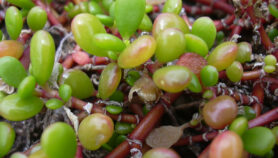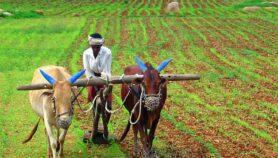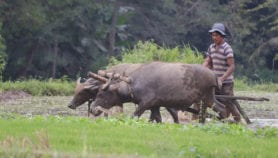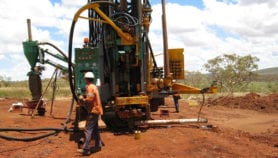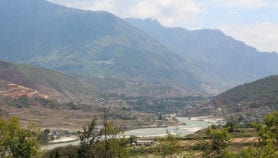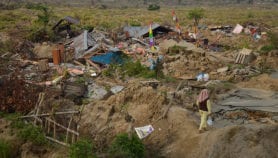By: Tithe Farhana
Send to a friend
The details you provide on this page will not be used to send unsolicited email, and will not be sold to a 3rd party. See privacy policy.
[DHAKA] Bangladeshi scientists have found in cow dung an efficient agent to treat the toxic sludge that is generated by the removal of naturally-occurring arsenic in groundwater.
"Microorganisms present in cow dung volatilise arsenic in the sludge," says Mohammad Azizur Rahman, research scientist at the geosciences centre of the Georg-August Universität Gottingen, Germany, and author of a study on arsenic removal using cow dung, published last month (May) in the Journal of Hydrology.
Rahman told SciDev.Net that disposal of arsenic sludge in cow dung beds could be a management option for Bangladesh, a country that suffers from widespread arsenic contamination of its drinking water sources.
Cow dung, constantly being produced by cattle in the rural areas of Bangladesh, retains nutrients that attract organisms capable of gassifying arsenic through methylation — a biochemical process of adding methyl groups.
According to a survey carried out in 2010 by the Bangladesh Bureau of Statistics and UNICEF, about 20 million people still drink water contaminated with arsenic that can cause chronic poisoning, skin lesions, respiratory and cardiovascular disease and cancers.
In the 2009—2010 fiscal year, 62 out of 64 districts in the country were found affected by arsenic contaminated water, with 271 out of 481 sub-districts classified as highly affected.
A number of household and community-based arsenic removal systems are in operation in the affected areas and these generate a significant amount of arsenic sludge capable of endangering the environment, if not properly disposed off.
Rahman considers the use of cow dung for arsenic removal cost-effective as "cow dung beds are common and readily available in the villages" where groundwater extracted from shallow aquifers is the most important source of drinking water.
Ashraf Ali, professor of civil engineering, Bangladesh University of Engineering and Technology and co-author of the study, cautions that the use of cow dung to treat arsenic sludge is yet to be tested in the field. "We must recognise that the study was conducted in the laboratory under controlled conditions," he told SciDev.Net.
"Field trials are required to better understand optimum conditions — such as temperature, moisture, nutrients — for microbial transformation of arsenic," says Mohammad Ashiqur Rahman, assistant professor, department of environmental science and management at the North South University, Dhaka.
Ashiqur Rahman suggests field trials followed by a gradual scaling up of the cow dung method of arsenic sludge treatment.
Link to abstract in Journal of Hydrology



